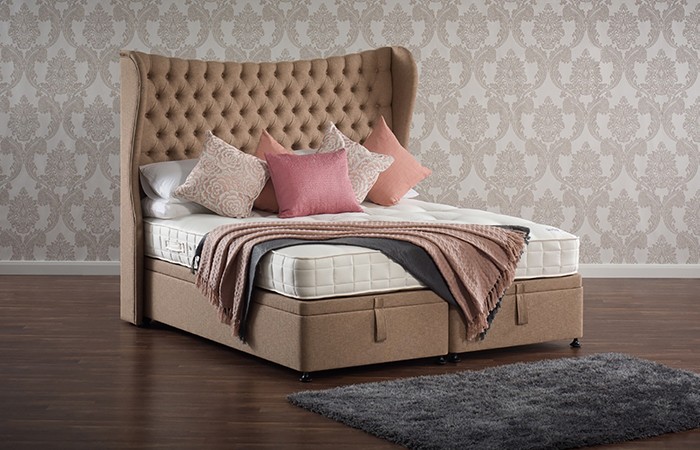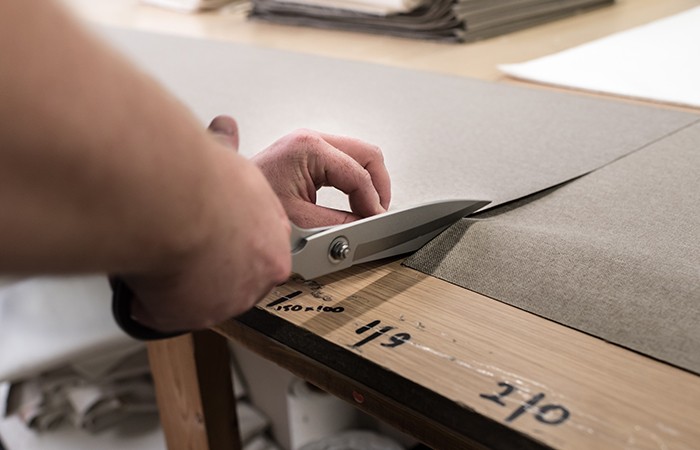Bed and Headboard Regulations: Hypnos
Craig Scott Technical Development Engineer, from international hospitality bed manufacturer Hypnos Contract Beds, comments on the important bed regulations designers need to know about for the contract industry.
1. What should a designer know about the difference between domestic and contract specifications?
In the UK, the requirements for domestic upholstered furniture differ to those of the contract sector, especially when it comes to matters of fire retardancy. Crucially, this means a domestic bed cannot be used in a contract environment as it doesn’t adhere to the same specifications.
For example, domestic furniture must pass the BS 7177 low hazard standard, however, furniture for the contract market must also pass the BS 6807 test as a minimum, which is more commonly referred to as the Source 5 (Crib 5) test and proves medium resistance to ignition.
All beds, mattresses and headboards that meet this will clearly display the fire retardancy source 5 (Crib 5) label.
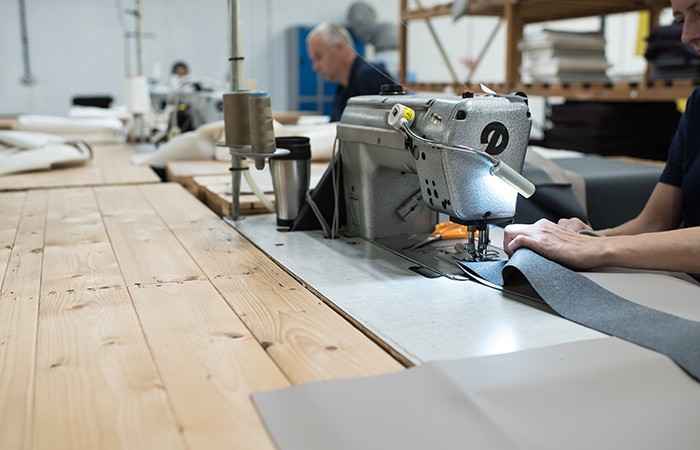 2. What should the designer consider in relation to durability, fit for purpose?
2. What should the designer consider in relation to durability, fit for purpose?
A contract bed needs to withstand a higher level of use than one in someone’s home, so its important designers consider the durability of the bed they’re selecting and ask suppliers what testing they carry out.
At Hypnos, all our beds go through a rigorous process of testing and inspection to ensure they are robust, comfortable and built to last. Not only does our team of experts carry out internal quality control processes and checks prior to dispatch, we also implement a series of scientific tests.
This includes load/durability testing by applying a force of 1121N for 20,000 cycles at three positions on the bed base, carrying out roll testing to ensure durability and hardness of mattresses, as well as determining the firmness rating of a mattress.
In addition we also put our mattresses through impact testing. This means we apply an impact load of 114kg, which is dropped freely from a height of 240mm for 10 cycles in eight positions on the bed base. These tests are set by SATRA in accordance with BS EN 1725:1998.
But it’s not just the bed that undergoes quality checks. Our fabrics are exposed to Martindale testing, which measures the durability of fabrics, meaning all ours meet a minimum abrasion resistance of 40,000 rubs.
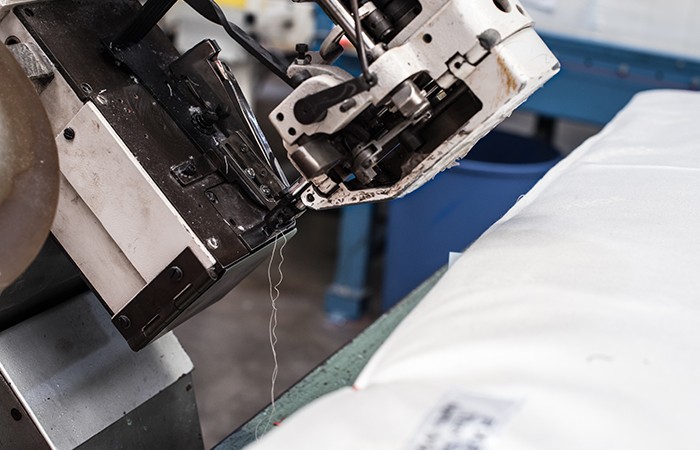 3. Are there differences between UK, EU or USA requirements?
3. Are there differences between UK, EU or USA requirements?
Across Europe and the USA different standards and testing apply and many countries, although not all, only rely on EN1021-1 and EN1021-2 tests to ensure fire safety. This means they only check contract furniture and beds against cigarette and match ignition tests on upholstery composite arrangements. As such, they often don’t meet the high level of testing that the UK contract market legally needs.
4. When communicating with a supplier what should designers be asking?
Designers should be asking their supplier to provide proof that the upholstery or product they are purchasing meets strict, and potentially life-saving, requirements.
If there is any doubt, they should ask for the Certificates of Compliance (COC) for fillings and materials used, which guarantee they have undergone strict fire retardancy tests.
Any Crib 5 or 7 product should be labelled and accompanied by a statement such as ‘this item complies with the ignition resistance requirements of BS 7177 Medium/high Hazard’, so designers should also ask to see evidence of this when looking at different models of beds.
5. Which requirements are best practice, and which are a legal requirement?
If you’re a designer specifying beds or headboards for the contract sector, then by law, the product must meet the minimum UK fire regulations – CRIB 5, or CRIB 7 if your property has been deemed as high risk.
Buying or maintaining a bed that isn’t compliant with commercial fire retardant standards is not only an offence which can lead to prosecution in the event of a fire, but it also puts customers’ lives at risk.
And although it’s a supplier’s duty to ensure that furniture is fit for purpose, ultimately the responsibility to ensure all furniture falls in line with industry fire regulations and meets the requirements carried out by a formal fire safety risk assessment, lies with the hospitality accommodation provider.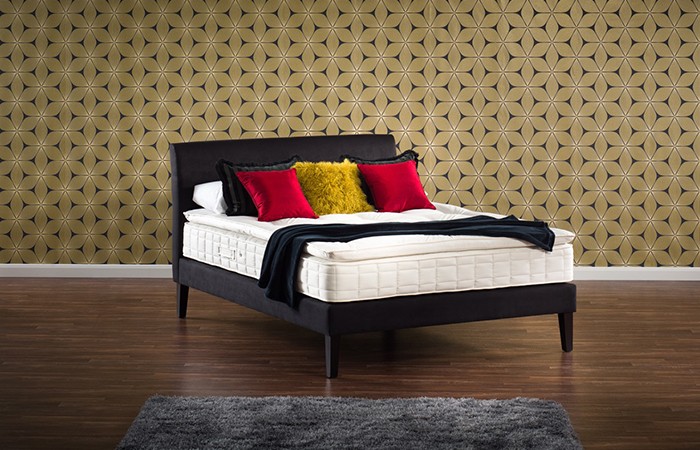
For more information on Hypnos, please visit www.hypnoscontractbeds.com
Contact Hypnos





